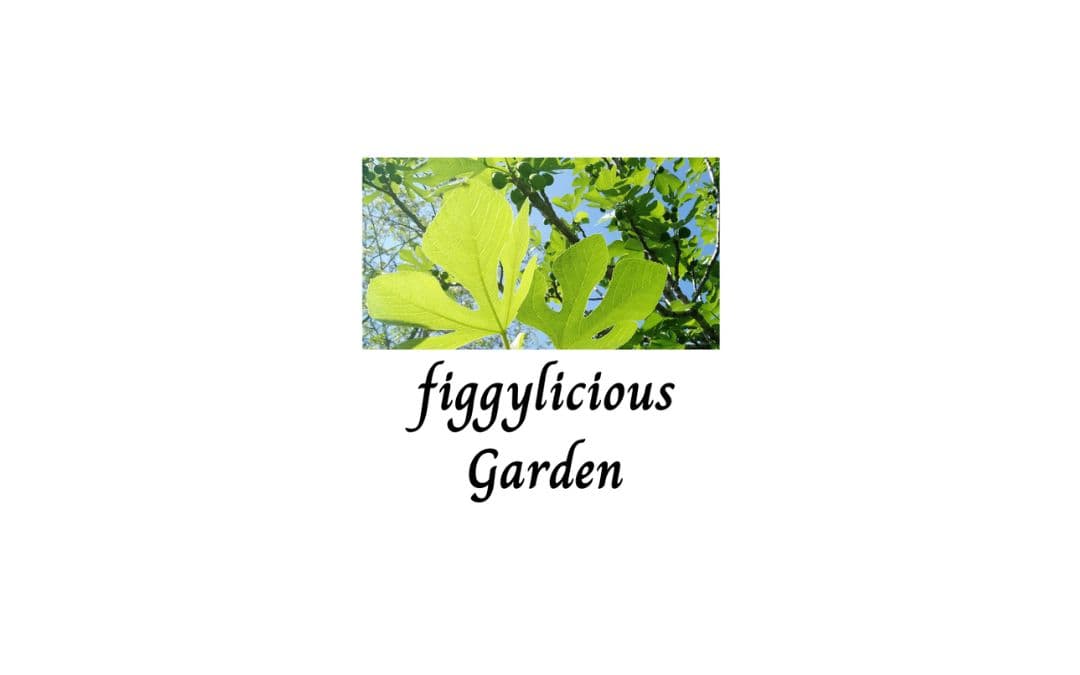Gardening Materials
📝 Disclaimer: Some links in this page may be affiliate links, which means I may earn a small figgy reward if you click through and make a purchase – at no extra cost to you.
Please read the full disclosure for more info. 💚
Please read the full disclosure for more info. 💚
Tools
To ensure your terrace fig garden thrives, you’ll need the right tools for planting, pruning, and maintenance. Here are some essentials:
- Pruning Shears
- Watering Can with a Long Spout
- Soil Moisture Meter
- Garden Trowel
- Hand Fork
- Garden Gloves
- Wheelbarrow
Pot Sizes
When growing figs in pots, choosing the right pot size is critical for root growth and fruit production. Consider the following:
- Small (1 to 5-gallon pots)
- Medium (5 to 10-gallon pots)
- Large (10 to 15-gallon pots)
Tip: Ensure the pots have drainage holes to avoid waterlogging, which can harm fig roots.
Fig varieties
- Celeste Fig (Purple Genca)
- Golden Honey
- Kadota Fig
- Black Mission Fig
- Adriatic Fig
- Petite Negra Fig
- Chicago Hardy Fig
- Violette de Bordeaux Fig
- Brown Turkey Fig
Terrace Layout
- Vertical Garden/Planters
- Pot Styling
- Vibrant Color Palettes
- Shade and Sun Protection
- Decorative Elements
To Learn the Tools in Fig Gardening- Get my Free Mini-Course Below!
Best Tasting
Fig Varieties
Learn more…
Recommend Pot Sizes for Fig Trees
List of some of the best-selling fig varieties:
- Black Mission: Known for its sweet, dark purple to black skin and rich, deep flavor, Black Mission figs are a favorite in both fresh and dried forms. Their complex, honey-like sweetness makes them a popular choice for baking, salads, and snacking.
- Kadota: A light green fig with a slightly yellow hue when ripe, Kadota figs are sweet, mild, and tender. They’re commonly used for preserving, making jams, or simply enjoying fresh.
- Adriatic: With a pale green skin and vibrant pink flesh, Adriatic figs have a sweet, delicate flavor and are often considered one of the best varieties for drying. Their sweetness intensifies when dried, making them a treat for those who prefer a fruity, candy-like experience.
- Celeste: This variety has a smaller size and a deep purple to brown skin. Celeste figs are known for their rich, honey-sweet taste, making them perfect for fresh eating or adding to desserts.
- Brown Turkey: A widely grown and versatile fig, the Brown Turkey variety features a reddish-brown skin with a sweet, mild flavor. It’s great for both fresh consumption and drying, and its reliable harvest makes it a favorite among gardeners.
Each of these varieties brings its own unique taste and texture, making them popular choices among fig enthusiasts worldwide.
